Tesla car batteries are being used in a study on how EVs could help power the grid
Teslarati
NOVEMBER 17, 2021
In an announcement on Wednesday, the University of Queensland (UQ) in Australia stated that it would be recruiting Tesla owners across the globe to analyze if the all-electric vehicles’ spare battery capacity could be utilized to support the energy grid — and perhaps even power homes in the near future.

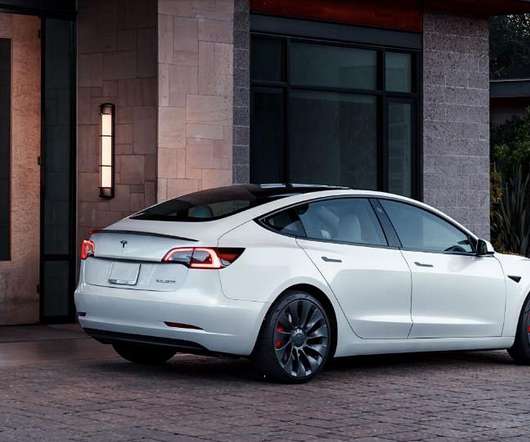





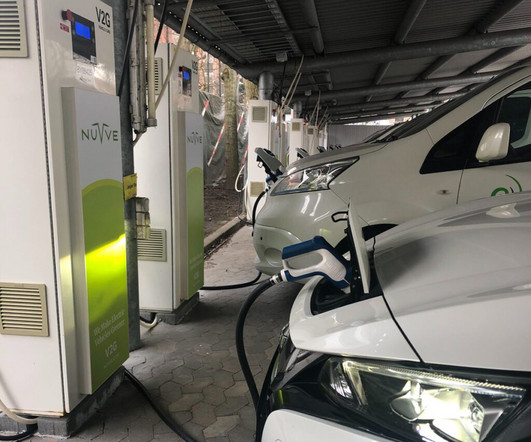



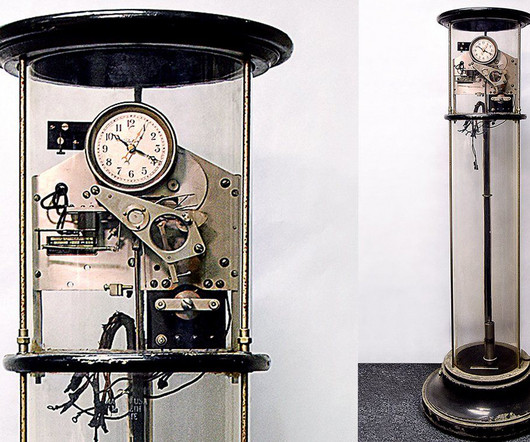







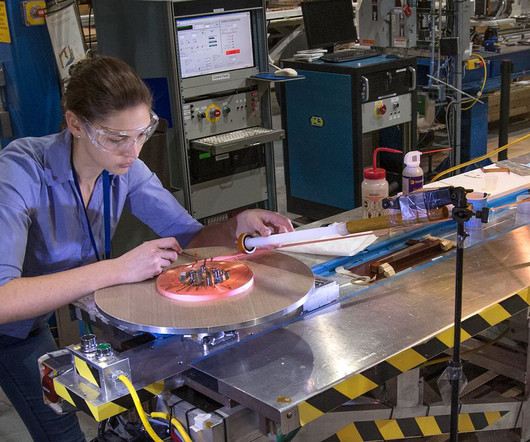










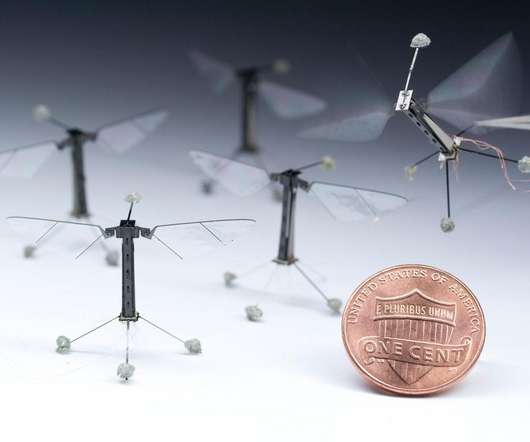

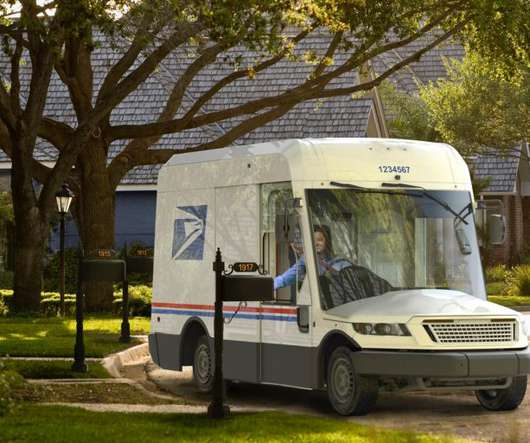

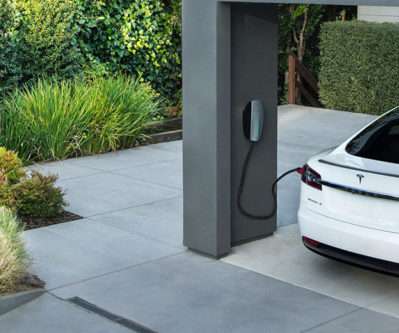








Let's personalize your content